Advertisement
As a UNESCO World Heritage Site the Kinderdijk windmills represent the Netherlands well. The Alblasserwaard polder welcomed 19 preserved windmills near Rotterdam. Built in the 1700s to regulate water levels in the district these mills reflect the Dutch struggle with water throughout history. No matter if you love history or just aim to admire the charming windmills in the Netherlands you can use this Kinderdijk guide to organize an unforgettable excursion.
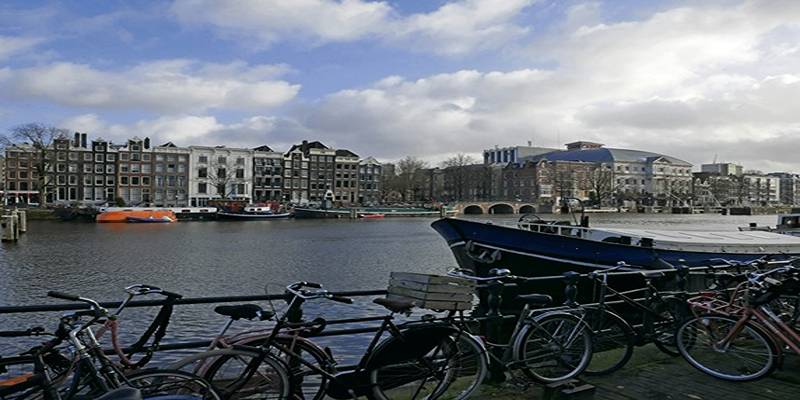
The Kinderdijk windmills were constructed in the mid-18th century to solve one of the Netherlands most pressing challenges: water management. Boundaries of the Alblasserwaard polder rest under the water surface while in the past being susceptible to flooding. For a successful resolution of the challenge the Dutch established a detailed system of windmills to remove excess water from the land. The windmills were key to safeguarding the region from flooding and letting people flourish and manage farms.
Across the centuries in the Netherlands the water management system has relied heavily on windmills. A larger network of dikes and pumping stations near Kinderdijk includes the 19 windmills and is set up to maintain the region's dryness. Water from the reservoirs flows into the nearby rivers at low tide. Today many modern devices have taken over standard windmills in water management but the windmills of Kinderdijk symbolize the Netherlands' constant effort to manage its flat terrain. Their constitutive aspect reveals the unique innovation and ingenuity of the Netherlands.
Visiting these windmills in Kinderdijk permits you to experience two functioning museum windmills. Tourists can experience life and labor of millers and their families as they explored these windmills thousands of years ago. Climbing the narrow stairs leads you to the living area where you learn about the miller's key function in regulating water levels. There are boards and videos to illuminate the past of the windmills.
Wandering or cycling in the quiet and captivating scenery is one of the best methods to discover Kinderdijk. With smooth hiking trails and level ground you can firsthand examine the windmills amid the picturesque countryside. Reaching the dikes on foot or by bike presents breathtaking vistas of the windmills perched on the waterways especially at sunrise or sunset. Having a camera handy lets you snap the awesome landscape as well as the delightful windmills that stand in the water. Renting bicycles is one way to discover this area while profiting from a unique and eco-conscious experience.
Take a boat tour to see the waterways of Kinderdijk and experience a unique viewpoint. On these boat rides you can appreciate the windmills while taking in a tranquil experience that teaches you about their relevance and past. Walking along the route will allow you to see many of the 19 windmills and learn about their history. Overseas boat rides deliver explanations with multilingual audio support about the area's past importance. This arrangement is suitable for guests who prefer to admire the charm of Kinderdijk without much physical strain.
You can reach Kinderdijk from cities such as Rotterdam or Amsterdam in a short drive. By car or public transit you can easily reach Kinderdijk. It takes just 30 minutes to reach Kinderdijk from Rotterdam by car or by a direct waterbus ride from the Erasmus Bridge. From Utrecht and Dordrecht connect buses provide frequent routes. Amsterdam residents can arrange a day visit to Kinderdijk which serves as a fantastic chance to discover the Dutch neighborhood.
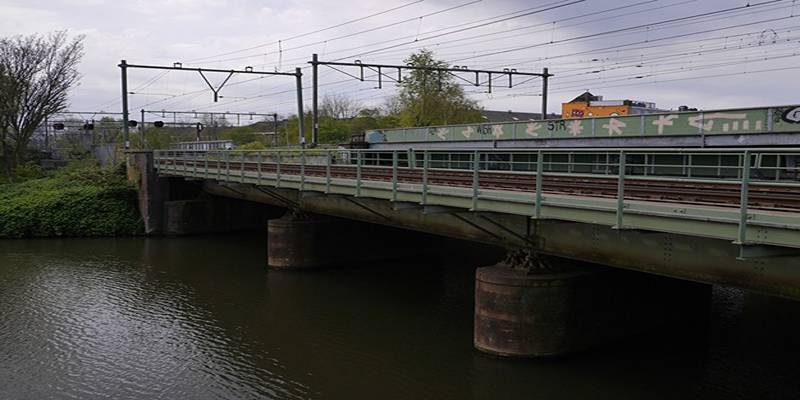
You should go to Kinderdijk in the spring and summer since the weather is warm and the area looks green. During spring months tulips erupt in color and make the landscape more beautiful. The windmills stay available throughout the year; however going in lower traffic times allows you to avoid crowded spots and take in an enhanced tranquility. It is suggested that you set aside two to three hours to wander through the windmills admire the views and discover the background of Dutch water management techniques.
Kinderdijk shines because you can see the windmills working. In various intervals throughout the year the windmills come alive for guests to watch how these formidable machines move water from the polder to its river. Observing the blades of the windmills spinning in the sky of the Netherlands is breathtaking and highlights their important history.
In addition to examining the windmills at Kinderdijk vivid information panels clarify the wider significance of Dutch water management. Attendees may learn the different approaches the Dutch have taken over time to gain land from the water and manage flooding. The visitor center showcases displays and films that simplify understanding water management in a country largely situated below sea level.
Kinderdijk welcomes all regardless of their intent to stroll the outdoor grounds and admire the windmills while on the paths. You have to pay a tiny charge to experience the museum's windmills and take a boat tour. Tickets are available to purchase either via internet or in person at the center. People are welcome to visit the site around the clock and enjoy longer operating hours during the warm season. Make sure to look at the details of boat tours' availability before your trip.
Kinderdijk promises easy access for all visitors. The routes surrounding the windmills are level and accessible for wheelchair users and pushchairs. The visitor center has washrooms and cafes that allow visitors to relax and explore for hours easily.
Anyone who visits Kinderdijk will find a delightful mixture of history and picturesque landscapes that creates a special experience exploring windmills in the Netherlands. To experience the scenic bike trails and hear about the Dutch battle with water appeals to all visitors. Regardless of your travel plans from a nearby city or your intended day trip this Kinderdijk guide will give you everything you require for an exceptional visit. Make sure to seize the moment to examine a legendary and significant location in the Netherlands.
Advertisement

By Kristina Cappetta/Dec 02, 2024

By Triston Martin/Jan 19, 2025

By Celia Shatzman/Jan 01, 2024

By Martina Wlison/Oct 26, 2024

By Nancy Miller/Oct 26, 2024

By Mason Garvey/Oct 14, 2024
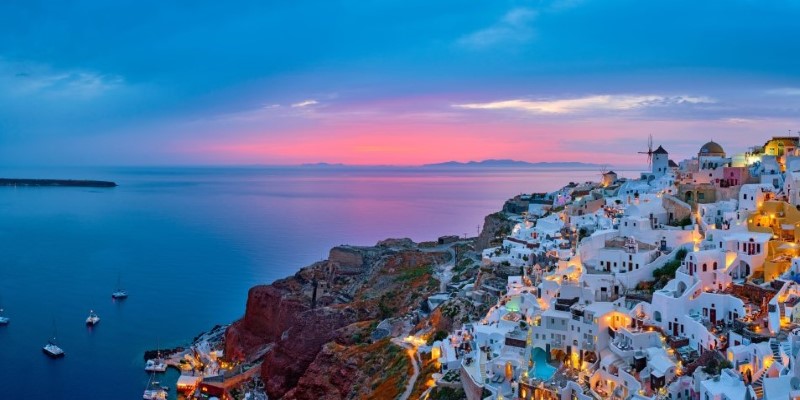
By Mason Garvey/Oct 20, 2024

By Isabella Moss/Dec 30, 2024

By Pamela Andrew/Oct 21, 2024

By Madison Evans/Dec 10, 2024
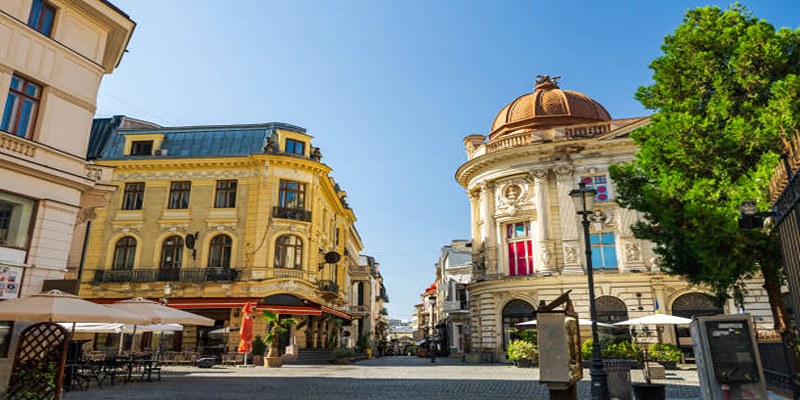
By Elena Davis/Jan 07, 2025
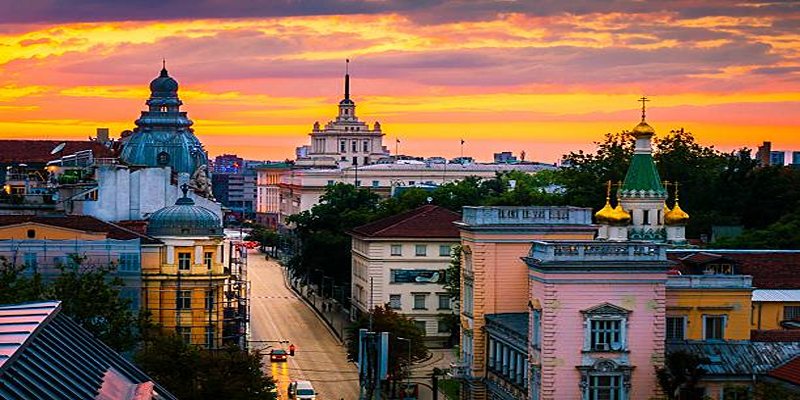
By Sean William/Jan 07, 2025